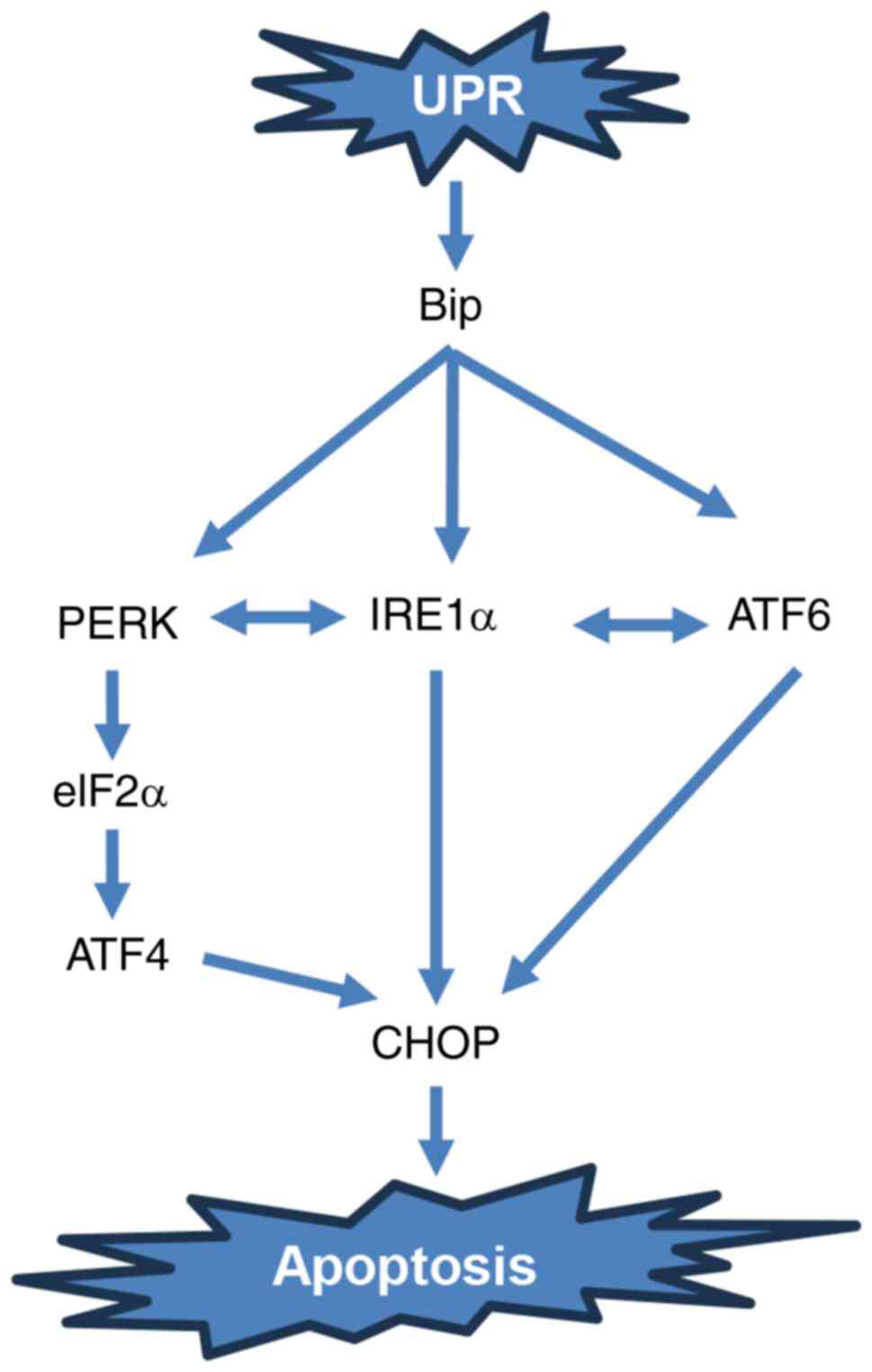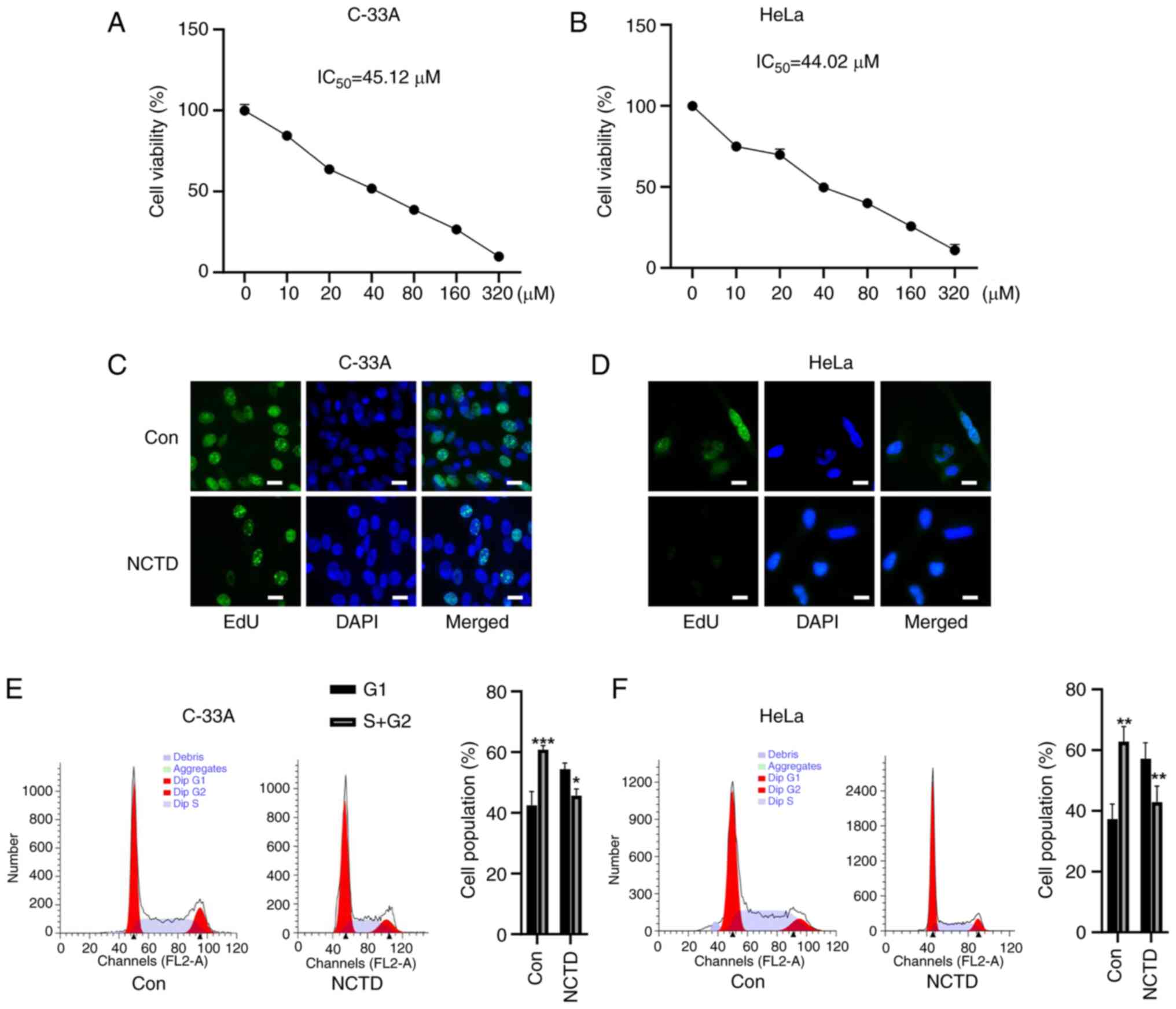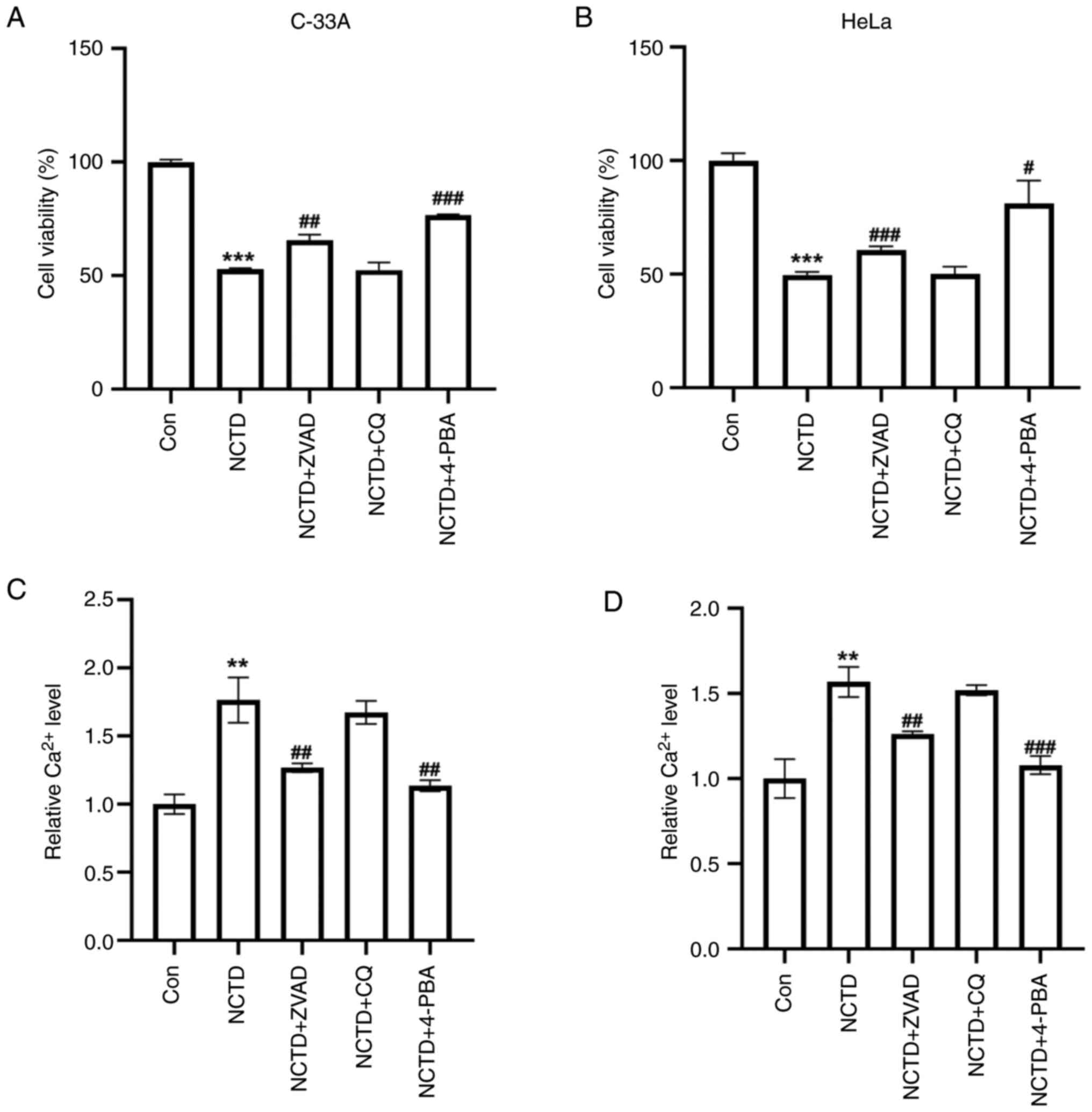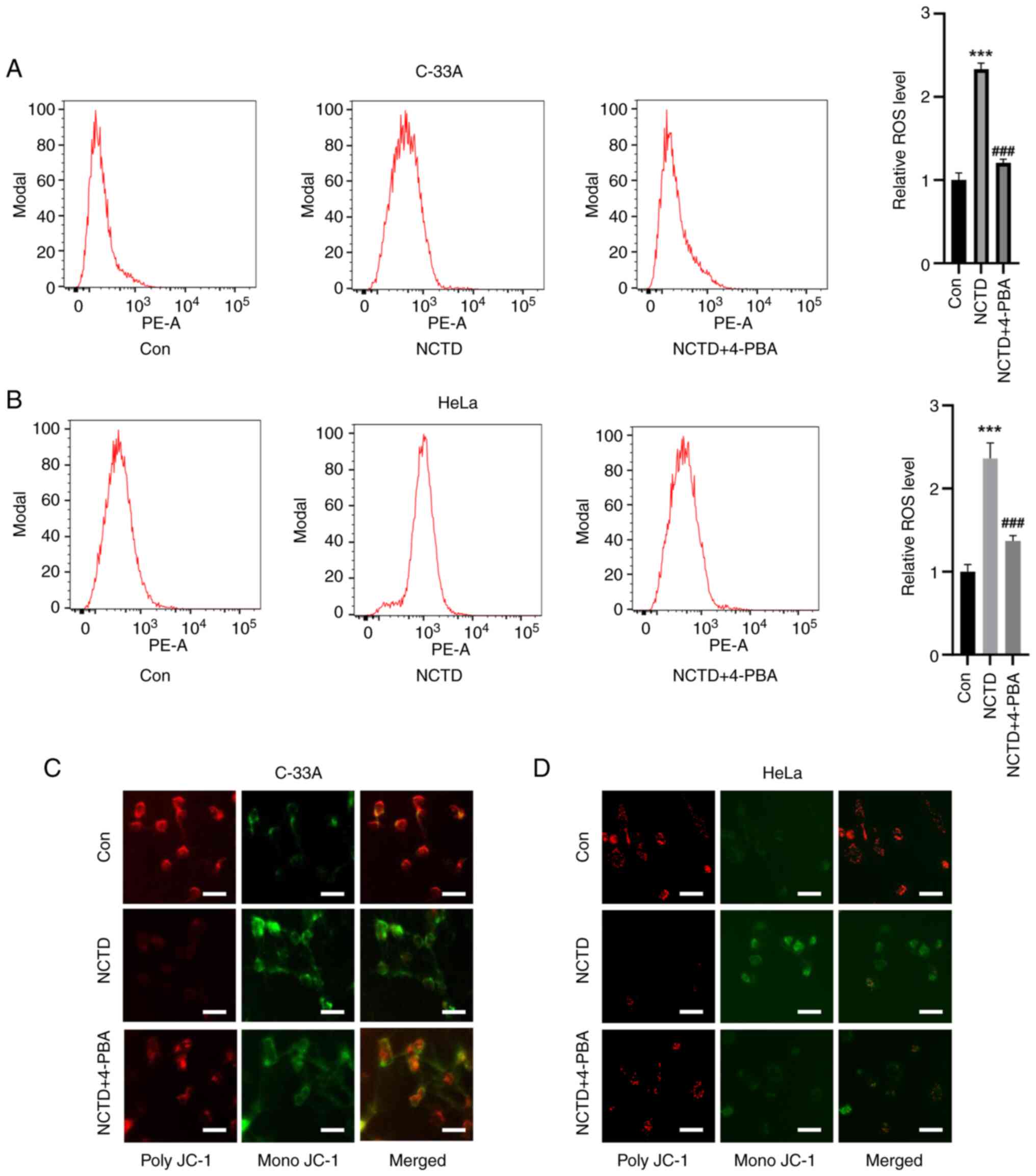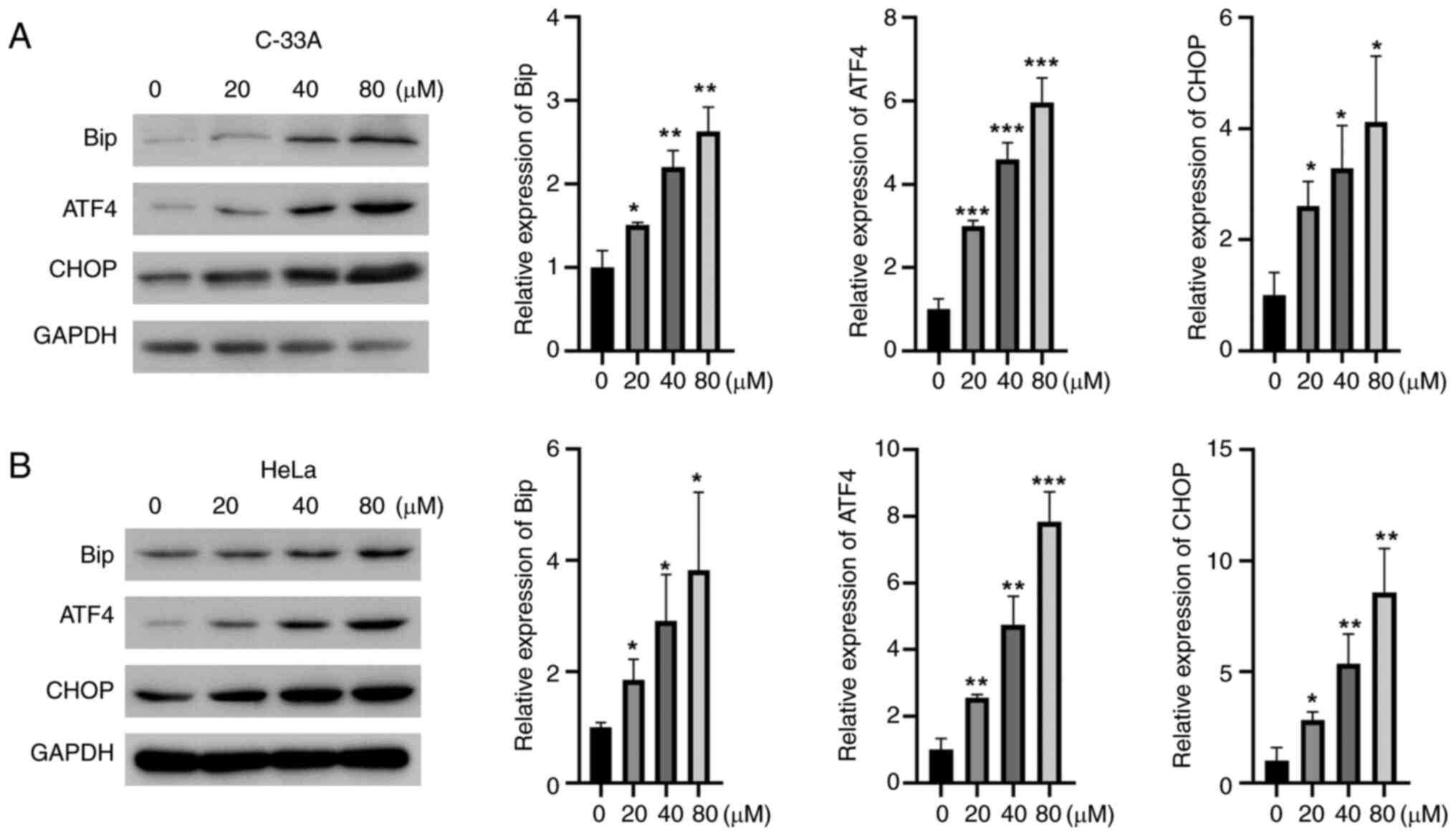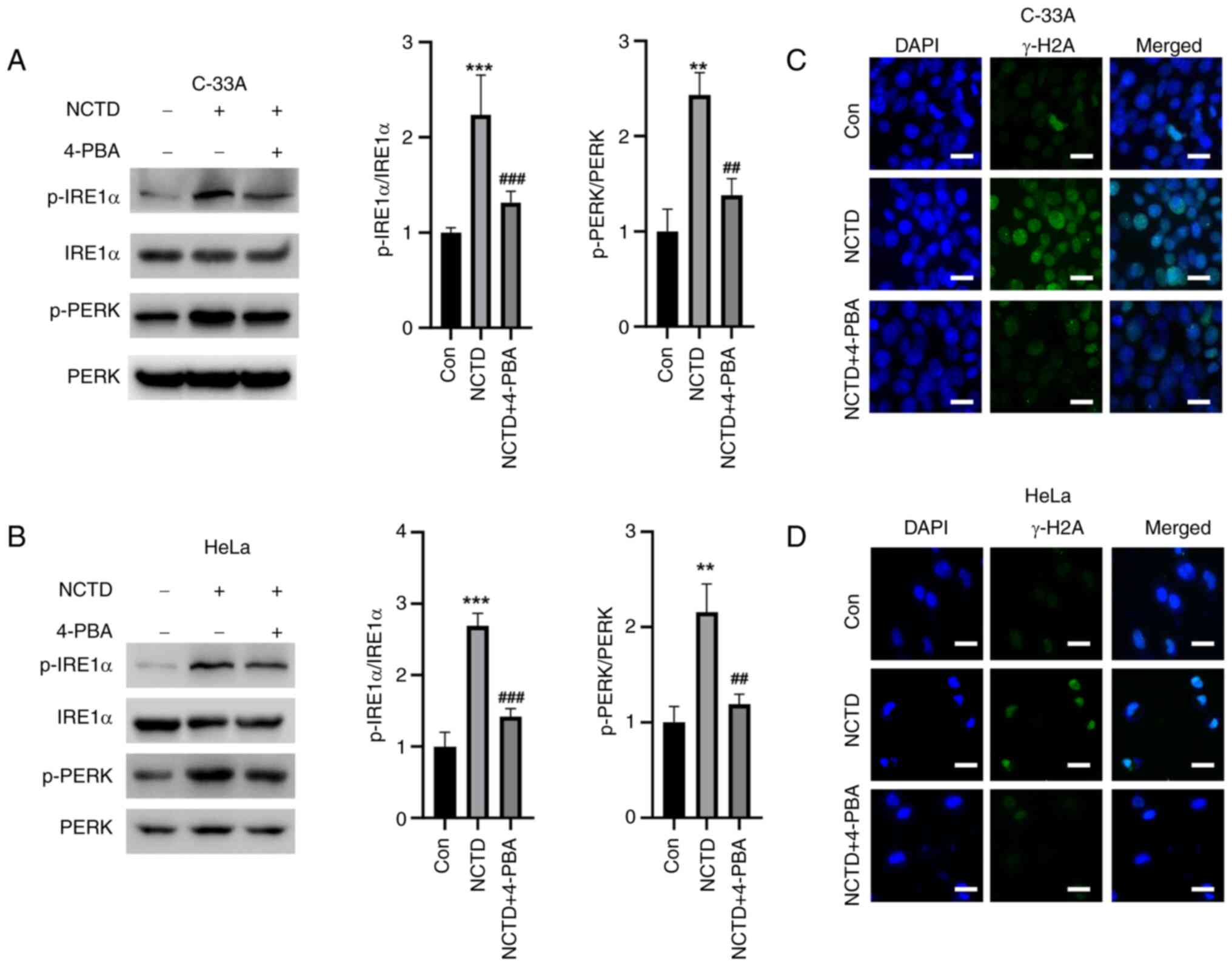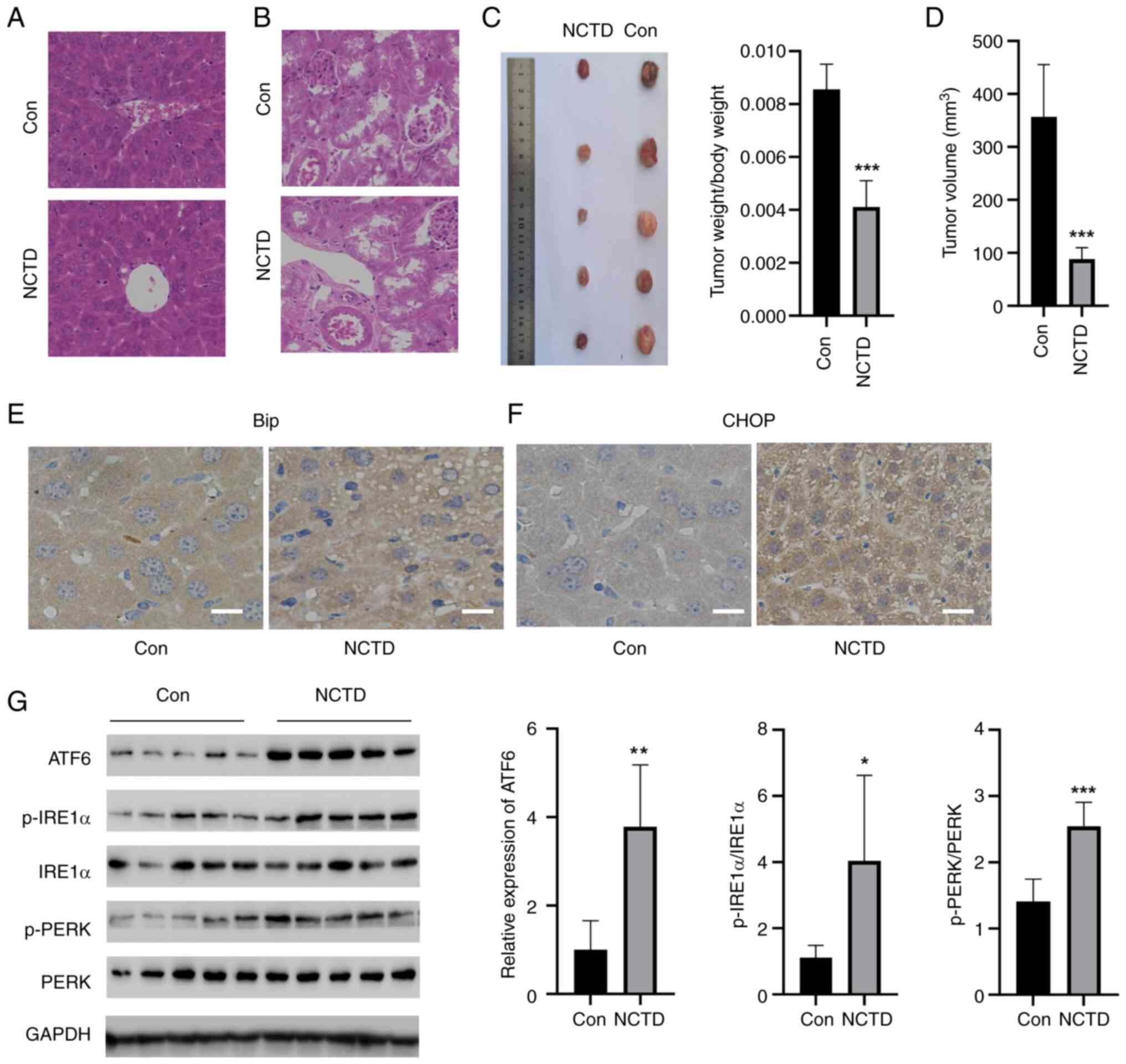|
1
|
Buskwofie A, David-West G and Clare CA: A
review of cervical cancer: Incidence and disparities. J Natl Med
Assoc. 112:229–232. 2020.PubMed/NCBI
|
|
2
|
Kusakabe M, Taguchi A, Sone K, Mori M and
Osuga Y: Carcinogenesis and management of human papillomavirus-
associated cervical cancer. Int J Clin Oncol. 28:965–974. 2023.
View Article : Google Scholar : PubMed/NCBI
|
|
3
|
Revathidevi S, Murugan AK, Nakaoka H,
Inoue I and Munirajan AK: APOBEC: A molecular driver in cervical
cancer pathogenesis. Cancer Lett. 496:104–116. 2021. View Article : Google Scholar : PubMed/NCBI
|
|
4
|
Hill EK: Updates in cervical cancer
treatment. Clin Obstet Gynecol. 63:3–11. 2020. View Article : Google Scholar : PubMed/NCBI
|
|
5
|
Mayadev JS, Ke G, Mahantshetty U, Pereira
MD, Tarnawski R and Toita T: Global challenges of radiotherapy for
the treatment of locally advanced cervical cancer. Int J Gynecol
Cancer. 32:436–445. 2022. View Article : Google Scholar : PubMed/NCBI
|
|
6
|
Chen X and Cubillos-Ruiz JR: Endoplasmic
reticulum stress signals in the tumor and its microenvironment. Nat
Rev Cancer. 21:71–88. 2021. View Article : Google Scholar : PubMed/NCBI
|
|
7
|
Marciniak SJ, Chambers JE and Ron D:
Pharmacological targeting of endoplasmic reticulum stress in
disease. Nat Rev Drug Discov. 21:115–140. 2022. View Article : Google Scholar : PubMed/NCBI
|
|
8
|
Qi Z and Chen L: Endoplasmic Reticulum
Stress and Autophagy. Adv Exp Med Biol. 1206:167–177. 2019.
View Article : Google Scholar : PubMed/NCBI
|
|
9
|
Ren J, Bi Y, Sowers JR, Hetz C and Zhang
Y: Endoplasmic reticulum stress and unfolded protein response in
cardiovascular diseases. Nat Rev Cardiol. 18:499–521. 2021.
View Article : Google Scholar : PubMed/NCBI
|
|
10
|
Groenendyk J, Agellon LB and Michalak M:
Calcium signaling and endoplasmic reticulum stress. Int Rev Cell
Mol Biol. 363:1–20. 2021. View Article : Google Scholar : PubMed/NCBI
|
|
11
|
Oakes SA: Endoplasmic reticulum stress
signaling in cancer cells. Am J Pathol. 190:934–946. 2020.
View Article : Google Scholar : PubMed/NCBI
|
|
12
|
Chen X, Shi C, He M, Xiong S and Xia X:
Endoplasmic reticulum stress: Molecular mechanism and therapeutic
targets. Signal Transduct Target Ther. 8:3522023. View Article : Google Scholar : PubMed/NCBI
|
|
13
|
Tang Y, Zhou X, Cao T, Chen E, Li Y, Lei
W, Hu Y, He B and Liu S: Endoplasmic reticulum stress and oxidative
stress in inflammatory diseases. DNA Cell Biol. 41:924–934. 2022.
View Article : Google Scholar : PubMed/NCBI
|
|
14
|
Deng L and Tang S: Norcantharidin analogs:
A patent review (2006–2010). Expert Opin Ther Pat. 21:1743–53.
2011. View Article : Google Scholar : PubMed/NCBI
|
|
15
|
Liu Z, Li B, Cao M and Jiang J:
Norcantharidin triggers apoptotic cell death in non-small cell lung
cancer via a mitophagy-mediated autophagy pathway. Ann Transl Med.
9:9712021. View Article : Google Scholar : PubMed/NCBI
|
|
16
|
Shi X, Chen S, Zhang Y, Xie W, Hu Z, Li H,
Li J, Zhou Z and Tan W: Norcantharidin inhibits the DDR of bladder
cancer stem-like cells through cdc6 degradation. Onco Targets Ther.
12:4403–4413. 2019. View Article : Google Scholar : PubMed/NCBI
|
|
17
|
Xu D, Liu Z, Liang MX, Fei YJ, Zhang W, Wu
Y and Tang JH: Endoplasmic reticulum stress targeted therapy for
breast cancer. Cell Commun Signal. 20:1742022. View Article : Google Scholar : PubMed/NCBI
|
|
18
|
Zhao T, Du J and Zeng H: Interplay between
endoplasmic reticulum stress and noncoding RNAs in cancer. J
Hematol Oncol. 13:1632020. View Article : Google Scholar : PubMed/NCBI
|
|
19
|
Zhai BT, Sun J, Shi YJ, Zhang XF, Zou JB,
Cheng JX, Fan Y, Guo DY and Tian H: Review targeted drug delivery
systems for norcantharidin in cancer therapy. J Nanobiotechnology.
20:5092022. View Article : Google Scholar : PubMed/NCBI
|
|
20
|
Wadgaonkar P and Chen F: Connections
between endoplasmic reticulum stress-associated unfolded protein
response, mitochondria, and autophagy in arsenic-induced
carcinogenesis. Semin Cancer Biol. 76:258–266. 2021. View Article : Google Scholar : PubMed/NCBI
|
|
21
|
Senft D and Ronai ZA: UPR, autophagy, and
mitochondria crosstalk underlies the ER stress response. Trends
Biochem Sci. 40:141–8. 2015. View Article : Google Scholar : PubMed/NCBI
|
|
22
|
Wiseman RL, Mesgarzadeh JS and Hendershot
LM: Reshaping endoplasmic reticulum quality control through the
unfolded protein response. Mol Cell. 82:1477–1491. 2022. View Article : Google Scholar : PubMed/NCBI
|
|
23
|
Hetz C, Zhang K and Kaufman RJ:
Mechanisms, regulation and functions of the unfolded protein
response. Nat Rev Mol Cell Biol. 21:421–438. 2020. View Article : Google Scholar : PubMed/NCBI
|
|
24
|
Hetz C: The unfolded protein response:
Controlling cell fate decisions under ER stress and beyond. Nat Rev
Mol Cell Biol. 13:89–102. 2012. View
Article : Google Scholar : PubMed/NCBI
|
|
25
|
Fernandes A, Viveros-Carreño D, Hoegl J,
Ávila M and Pareja R: Human papillomavirus-independent cervical
cancer. Int J Gynecol Cancer. 32:1–7. 2022. View Article : Google Scholar : PubMed/NCBI
|
|
26
|
Seo MJ, Lee DM, Kim IY, Lee D, Choi MK,
Lee JY, Park SS, Jeong SY, Choi EK and Choi KS: Gambogic acid
triggers vacuolization-associated cell death in cancer cells via
disruption of thiol proteostasis. Cell Death Dis. 10:1872019.
View Article : Google Scholar : PubMed/NCBI
|
|
27
|
Li Y, Ge Y, Liu FY, Peng YM, Sun L, Li J,
Chen Q, Sun Y and Ye K: Norcantharidin, a protective therapeutic
agent in renal tubulointerstitial fibrosis. Mol Cell Biochem.
361:79–83. 2012. View Article : Google Scholar : PubMed/NCBI
|
|
28
|
Zheng J, Qian ZM, Sun YX and Bao YX:
Downregulation of hepcidin by norcantharidin in macrophage. Nat
Prod Res. 38:673–678. 2024. View Article : Google Scholar : PubMed/NCBI
|
|
29
|
Du LJ, Feng YX, He ZX, Huang L, Wang Q,
Wen CP and Zhang Y: Norcantharidin ameliorates the development of
murine lupus by inhibiting the generation of IL-17 producing cells.
Acta Pharmacol Sin. 43:1521–1533. 2022. View Article : Google Scholar : PubMed/NCBI
|



